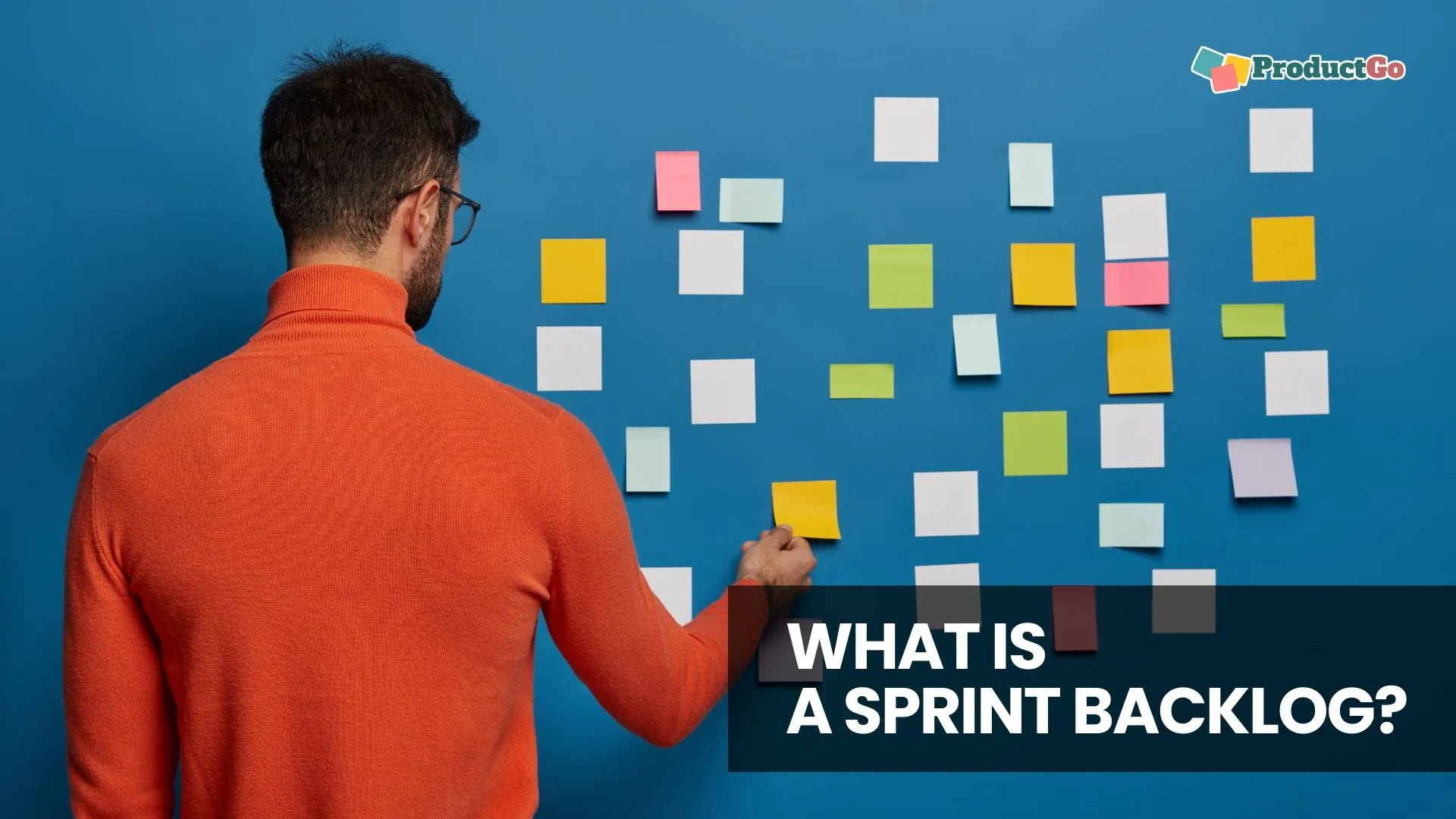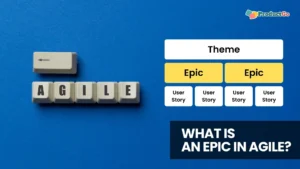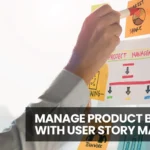Let’s talk about a game-changer in the Agile world: the sprint backlog. Picture this: you’re part of a dynamic team, hustling to deliver top-notch results in record time. That’s where the sprint backlog swoops in like a superhero, helping you stay on track and smash those sprint goals.
But wait, what exactly is this sprint backlog wizardry, and why should you care? Well, buckle up because we’re about to dive deep into its magic. Get ready to uncover the secrets of the sprint backlog and how it turbocharges your Agile process!
Table of Contents
What is the sprint backlog?
The sprint backlog is the distilled essence of a sprint in Agile methodology. It’s the actionable subset of items selected from the product backlog, meticulously chosen to drive the sprint’s objectives forward. This backlog serves as a dynamic blueprint, guiding the team through the sprint’s intricacies and ensuring focus on the most crucial tasks. In essence, it’s the tactical execution plan that transforms abstract goals into tangible outcomes within the sprint timeframe.

When should you use a sprint backlog?
The sprint backlog comes into play when you’re ready to tackle a specific iteration or sprint in your Agile journey. It’s your go-to tool when you need to break down the larger goals from the product backlog into manageable chunks for a focused sprint. Essentially, if you’re aiming for structured, time-bound progress in Agile development, the sprint backlog is your trusted companion. So, whenever you’re gearing up for a sprint, whip out that sprint backlog and get ready to conquer your goals!
Product backlog vs. sprint backlog
Now, let’s distinguish between the product backlog and the sprint backlog. While both are essential components of Agile project management, they serve distinct purposes.
The product backlog encompasses the entire scope of work for a project. It’s a dynamic list of features, enhancements, and fixes that need to be implemented over the project’s lifecycle. Think of it as the master list of everything your team aims to accomplish.
On the other hand, the sprint backlog is a subset of the product backlog. It consists of the specific tasks selected for a single sprint. These tasks are chosen based on priority and feasibility, to deliver a tangible increment of value by the end of the sprint.
In essence, while the product backlog sets the long-term vision and overall direction of the project, the sprint backlog focuses on the short-term execution and delivery within a defined sprint period. Understanding the distinction between the two is crucial for effective Agile planning and execution.
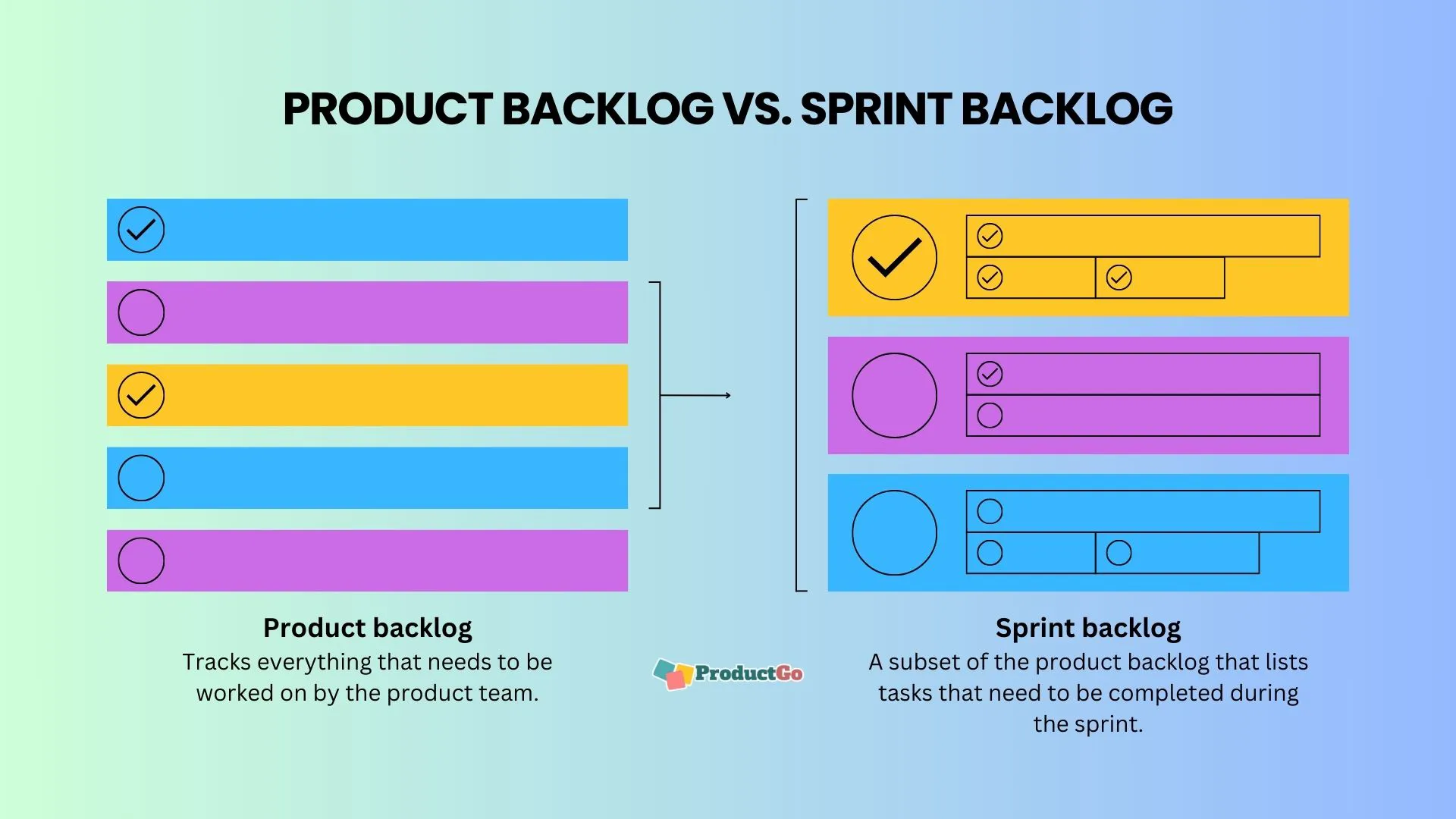
→ Find out more: What is the difference between product backlog and user story?
The purpose of a sprint backlog
So, why exactly do we bother with a sprint backlog? Well, its purpose is crystal clear: to provide a roadmap for the sprint. It’s like having a compass in the Agile wilderness, guiding the team toward the sprint’s objectives.
By distilling the product backlog into manageable tasks for the sprint, the sprint backlog ensures clarity and focus. It enables the team to prioritize work effectively, maximizing productivity and minimizing distractions.
Moreover, the sprint backlog promotes transparency and accountability. Everyone on the team knows what they’re responsible for, fostering a sense of ownership and commitment to achieving the sprint goals.
In essence, the sprint backlog isn’t just a list of tasks; it’s a strategic tool that drives progress, fosters collaboration, and ultimately leads to successful sprint outcomes.
When is a sprint backlog created?
Timing is everything in Agile, including when you create your sprint backlog. The sprint backlog is crafted during the sprint planning meeting, which typically occurs at the beginning of each sprint.
During this meeting, the Scrum team collaborates to select and prioritize the items from the product backlog that will be tackled during the upcoming sprint. These selected items are then refined and broken down into actionable tasks, forming the sprint backlog.
This process ensures that the sprint backlog is aligned with the sprint goals and reflects the team’s collective understanding of the work to be done. By creating the sprint backlog at the outset of the sprint, the team sets a clear direction and lays the groundwork for a successful sprint ahead.
What’s included in a sprint backlog?
A sprint backlog is more than just a laundry list of tasks; it’s a finely curated collection of items essential for sprint success. So, what exactly makes the cut?
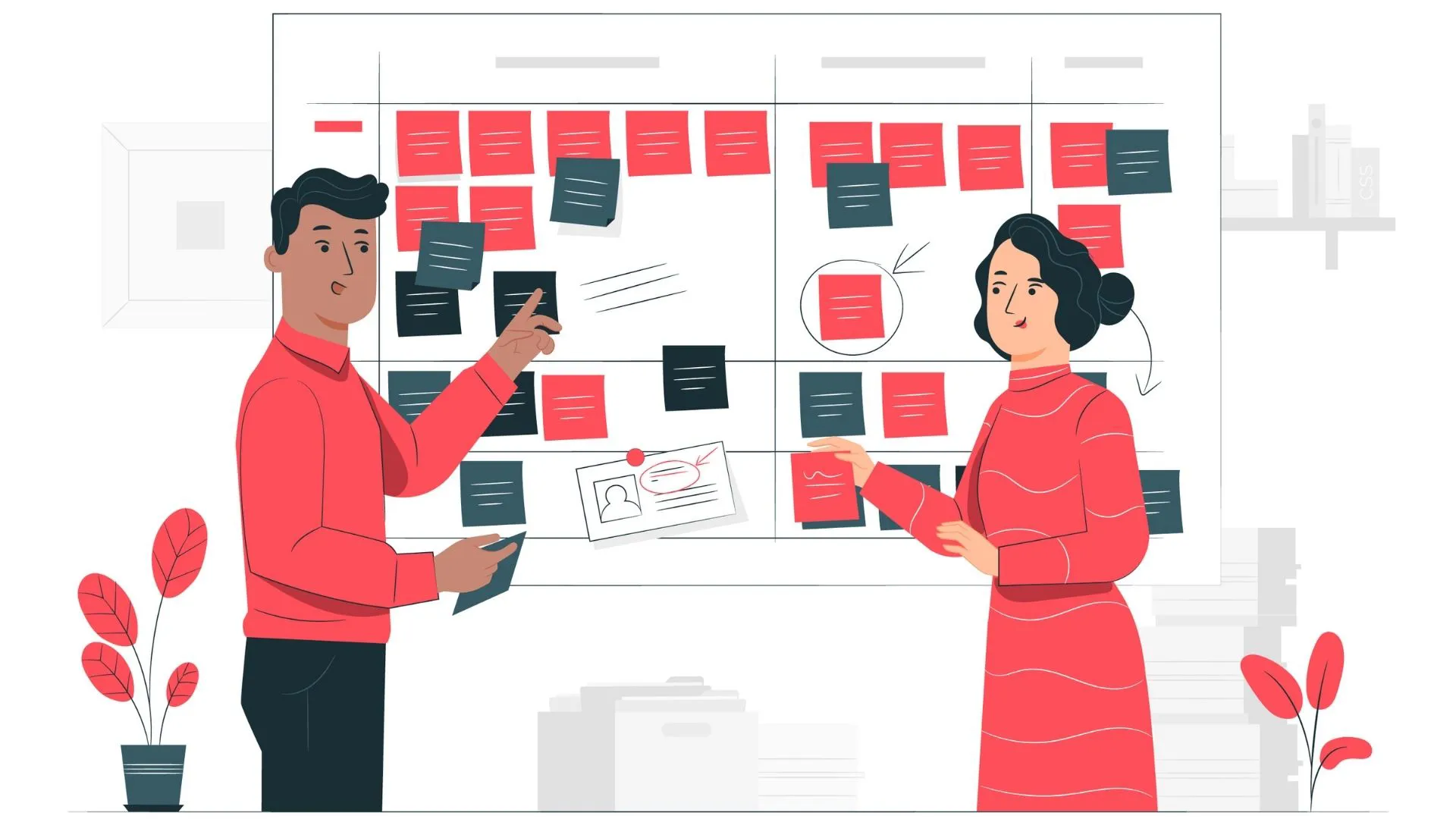
Sprint Goals: These are the overarching objectives the team aims to achieve during the sprint. They provide direction and purpose, guiding the selection of tasks in the sprint backlog.
User Stories or Tasks: Each item in the sprint backlog represents a user story or a specific task that contributes to the sprint goals. These items are typically small, actionable, and achievable within the sprint timeframe.
Acceptance Criteria: Clear and concise acceptance criteria accompany each user story or task, defining what constitutes completion and ensuring alignment with stakeholder expectations.
Estimates: The team provides estimates for each item in the sprint backlog, indicating the effort required to complete it. These estimates help in planning and allocating resources effectively.
Dependencies: Any dependencies between tasks or user stories are identified and documented in the sprint backlog. This ensures that the team can address potential bottlenecks and plan accordingly.
By including these elements in the sprint backlog, teams ensure clarity, focus, and alignment, setting the stage for a productive and successful sprint.
How to create a sprint backlog
Crafting a sprint backlog requires precision and collaboration. Here’s a step-by-step guide to get you started:
Review the Product Backlog: Begin by reviewing the items in the product backlog. These are the features, enhancements, and fixes that need to be addressed over the project’s lifecycle.
Select Sprint Goals: Define the overarching objectives for the sprint. These goals provide direction and focus, guiding the selection of tasks for the sprint backlog.
Prioritize Tasks: Collaborate with the team to prioritize the items from the product backlog that align with the sprint goals. Consider factors such as value, complexity, and dependencies.
Break Down User Stories: For each selected item, break it down into smaller, actionable tasks or user stories. Ensure that these tasks are specific, measurable, achievable, relevant, and time-bound (SMART).
Estimate Effort: Provide estimates for each task, indicating the effort required to complete it. Use techniques such as planning poker or relative sizing to achieve consensus among team members.
Define Acceptance Criteria: Clearly define the acceptance criteria for each user story or task. These criteria outline the conditions that must be met for the item to be considered complete.
Identify Dependencies: Identify any dependencies between tasks or user stories and document them in the sprint backlog. This helps in identifying potential bottlenecks and planning accordingly.
Refine and Iterate: Review the sprint backlog with the team to ensure clarity and alignment. Refine as needed and be prepared to iterate based on feedback and changing priorities.
By following these steps, you’ll create a sprint backlog that sets the stage for a focused and successful sprint, driving your Agile project towards its goals with precision and efficiency.
→ Related content: Improve project management with AI?
Conclusion
In agile development, the sprint backlog emerges as a beacon of organization and efficiency. It serves as the roadmap for each sprint, guiding teams through the complexities of project execution with clarity and purpose.
From its inception during sprint planning to its meticulous curation of tasks and objectives, the sprint backlog embodies the essence of Agile principles. It fosters collaboration, transparency, and accountability, empowering teams to deliver value to customers iteratively and incrementally.
Finding the right tools at your disposal can make all the difference.
ProductGo goes beyond just managing your sprint backlog. With powerful collaboration features, real-time updates, and seamless integration with your favorite Agile tools, ProductGo empowers your team to collaborate effectively, iterate quickly, and deliver value to your customers faster than ever before. Get your free plan today!

